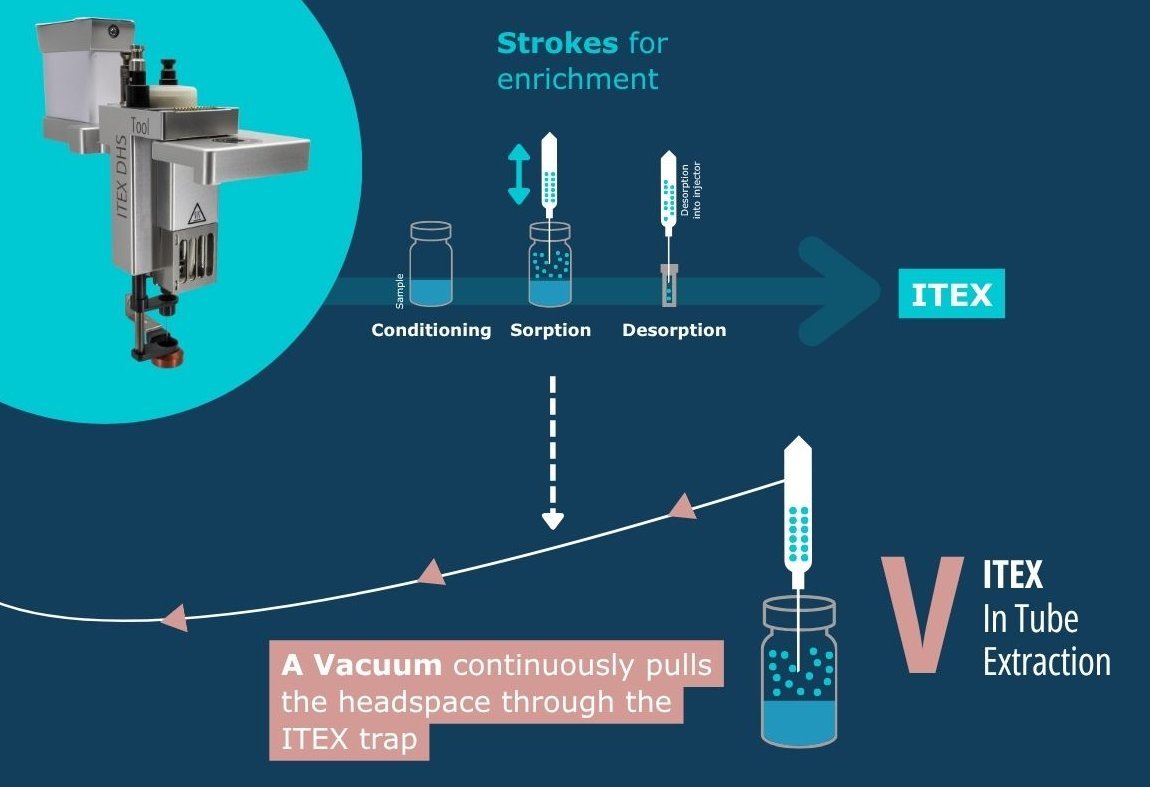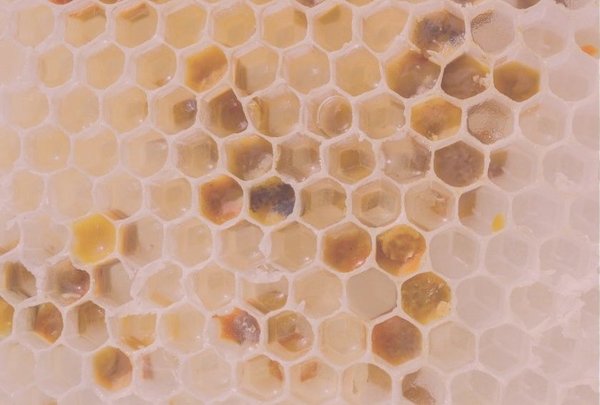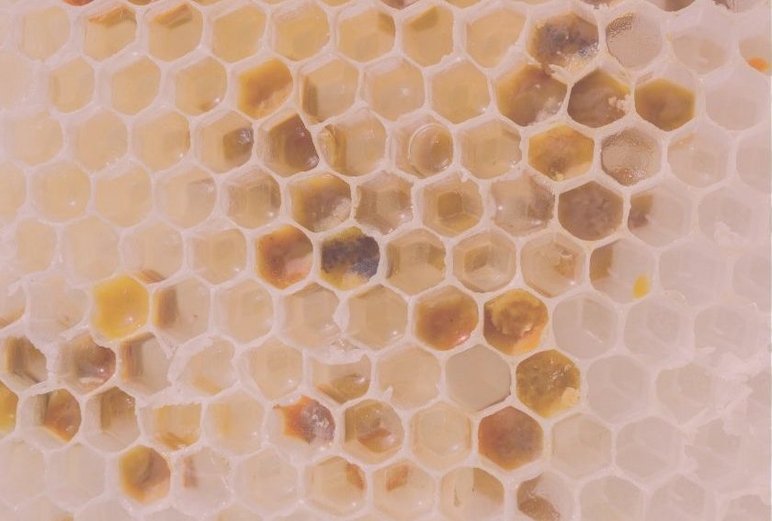The analysis of volatile organic compounds (VOCs) is essential across a wide range of scientific disciplines, from food science and environmental monitoring to clinical diagnostics. A recent collaboration between the Swiss agricultural research institute Agroscope, GERSTEL, and PAL System has resulted in the development of Vacuum In-Tube Extraction (V-ITEX), an automated sample preparation technique for gas chromatography/mass spectrometry (GC/MS).
This technology refines the established method of In-Tube Extraction (ITEX) by incorporating a continuous vacuum, which permits extraction at lower temperatures. This article provides a technical overview of the V-ITEX principle and reviews its application in recent scientific literature.
This modification of the extraction process provides several distinct technical benefits:
-
Increased Extraction Efficiency and Sensitivity: The application of a continuous vacuum allows for a more exhaustive, dynamic extraction process that improves the extraction rate and capacity. In comparative studies, the resulting signal intensity for target compounds was up to 450 times higher than that achieved with traditional HS-SPME and HS-ITEX under the same experimental conditions, enabling lower limits of detection [1, 7].
-
Gentle Extraction of Thermally Labile Compounds: Operating under reduced pressure enables the efficient extraction of volatile compounds at lower temperatures. This gentle approach minimizes the risk of thermal degradation and artifact formation, a critical advantage when analyzing sensitive analytes in complex biological or food matrices [1, 3].
-
Broader Analyte Coverage: The dynamic and exhaustive nature of the extraction expands the analytical window to a wider range of compounds. V-ITEX has demonstrated the effective capture of diverse chemical classes, including both highly volatile and semi-volatile compounds, which are often challenging to analyze with conventional headspace techniques [4, 5, 6].
[1] Fuchsmann, P., et al. (2019). "Development and performance evaluation of a novel dynamic headspace vacuum transfer 'In Trap' extraction method for volatile compounds and comparison with headspace solid-phase microextraction and headspace in-tube extraction." Journal of Chromatography A, 1601, 60-70.
[2] GERSTEL (2024). Vacuum-In-Tube-Extraction (V-ITEX). Product Information.
[3] Meng, H. Y., et al. (2021). "Formation of 3-Methylbutanal and 3-Methylbutan-1-ol Recognized as Malty during Fermentation in Swiss Raclette-Type Cheese, Reconstituted Milk, and de Man, Rogosa, and Sharpe Broth." Journal of Agricultural and Food Chemistry, 69(2), 717–729.
[4] Meng, H. Y., et al. (2023). "Age-Dependent Serum Volatilomics of Milk and Yogurt Intake: A Randomized Crossover Study in Healthy Young and Older Men." Journal of Proteome Research, 22(4), 1201–1212.
[5] Wüthrich, C., et al. (2024). "Comparative analysis of feature annotation methods for SESI-HRMS in exhaled breath analysis." Journal of Chromatography A, 1734, 465296.
[6] Eichinger, J., et al. (2024). "Optimization of volatile organic compounds sampling from dairy cow exhaled breath using polymer-based solid-phase extraction cartridges for gas chromatographic analysis." Journal of Breath Research, 18(3), 036001.
[7] Kast, C., et al. (2022). "Quantitation of 1,4-Dichlorobenzene and Thymol in Beeswax Using Dynamic Headspace Vacuum Transfer in Trap Extraction Prior to Gas Chromatography-Mass Spectrometry." Molecules, 27(17), 5367.














